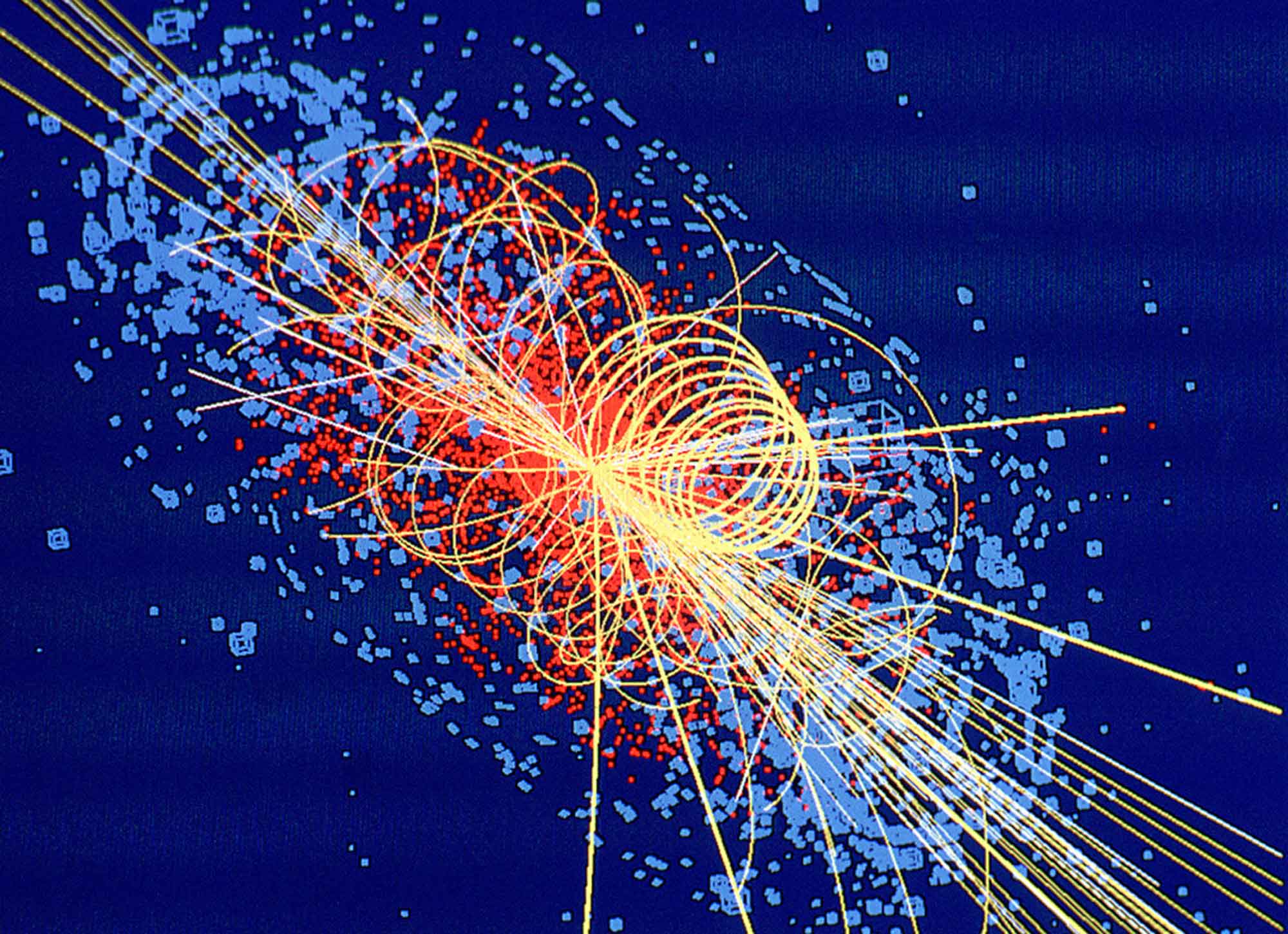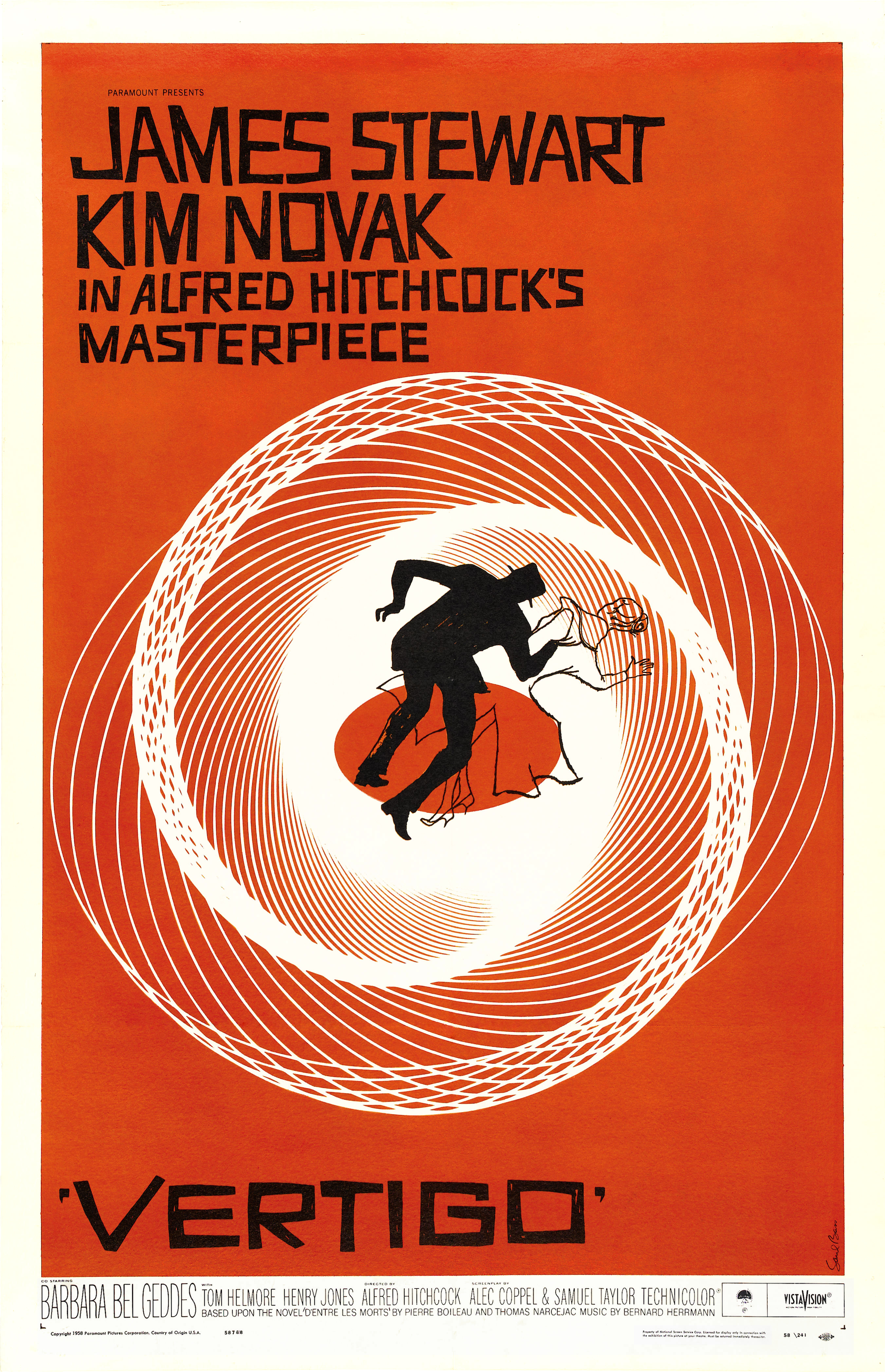The 20th century will be forever remembered for the birth of two new fundamental theories of physics, namely Relavity e Quantum Mechanics.
Special Relavity and Quantum Mechanics have been merged into the highly successful Standard Model of Particle Physics, which describes the building blocks of our world at the microscopic scale up to a millionth of a billionth of a meter.
Instead, General Relativity, which with a comparable success describes gravity and what happens at the astronomical scale, has remained a theory by itself and has stubbornly refused to be unified in a common theoretical framework with Quantum Mechanics.
The Large Hadron Collider (LHC) was build to investigate the question further but has hitherto failed to provide new clues, beyond confirming the existence of the Higgs boson, the 'fog' particle responsible for 'slowing down' many others, giving them mass in the process.
I have a degree in Physics, though I gave up studying it after graduation.
I bet that further advances will be made along two lines.
On the one hand one striking difference between the Standard Model and General Relativity is that the geometrical space and the simmetries that characterize the former are complex while the those that inform the latter are real. Complex and real here refer the kind of mathematical numbers in use in the physical description. So it must be that complex mathematics is linked to the quantum description, while real mathematics describes reality at a classical level.
Since complex numbers are characterized by an amplitude and a phase, the amplitude being the 'real' part, and the phase the aspect unique to complex numbers, it must be that the transition from the quantum microscopic world to the classical macroscopic one is described mathematically by a sort of phase 'freeze', so that mathematically the complex description is replaced by the real description as the quantum behaviour fades into the more familiar classical one.
One the other hand another striking difference between the Standard Model and General Relativity is that in the latter there is a local simmetry (Lorentz simmetry) which acts on a space that is a local linearization of the geometry of the underlying manifold, while in the former the local simmetry (Yang-Mills simmetry) lacks a similar underlying manifold but istead rests as a 'guest' simmetry upon the very same manifold described by General Relativity.
So my bet is that, to mimic mathematically General Relativity, a complex manifold space underlying the Standard Model should be introduced , while General Relativiy, to mimic mathematically the Standard Model, should be reformulated using complex mathematics to include a quantum description that is currently lacking. While these are very general and broad guidelines, maybe obvious to most physicists, I don't find them often clearly stated.
It will become clear that the forces described by the Standard Model are a macroscopic consequence of these hidden dimensions whose existence I'm taking for granted. Also the relationship between complex numbers and quantum mathematics will become clearer.
Sunday, March 26, 2017
Monday, January 30, 2017
Nice movies, bad for women
I would like to draw a comparison between two great movies, namely Hichcock's Vertigo and David Lynch's Lost Highway. The analogies are so strict that it's difficult to imagine Lynch did not deliberately reference the Master of Thriller's masterpiece.
In Vertigo there are two women, a blond irresistible woman that turns out to be a deception, and and a real humble woman with brown hair. The latter woman's death is due to the lack of self assurance of the man she loves. The blonde woman appears in the first part of the movie, in which the deception unfolds, the brunette woman in the second part of the movie.
In Lost Highway the situation is similar but reversed. The real brunette woman appears in the first part of the movie at the end of which she's killed by the man she lives with because he cannot deal with his jealousy. In the second part of the movie a dreamlike blond woman appears, but the desception ends with the final distruction of the male character.
In both movies both women, the blonde and the brunette, are impersonated by the same actress.
Both movies deal with male insecurities and are fine artistic representation of how personal imbalance, immaturity and lack of psychological stability (recall that Hichcock's movie title is Vertigo!) can be harmful to other people and to the person itself.
In Vertigo there are two women, a blond irresistible woman that turns out to be a deception, and and a real humble woman with brown hair. The latter woman's death is due to the lack of self assurance of the man she loves. The blonde woman appears in the first part of the movie, in which the deception unfolds, the brunette woman in the second part of the movie.
In Lost Highway the situation is similar but reversed. The real brunette woman appears in the first part of the movie at the end of which she's killed by the man she lives with because he cannot deal with his jealousy. In the second part of the movie a dreamlike blond woman appears, but the desception ends with the final distruction of the male character.
In both movies both women, the blonde and the brunette, are impersonated by the same actress.
Both movies deal with male insecurities and are fine artistic representation of how personal imbalance, immaturity and lack of psychological stability (recall that Hichcock's movie title is Vertigo!) can be harmful to other people and to the person itself.
Subscribe to:
Posts (Atom)



